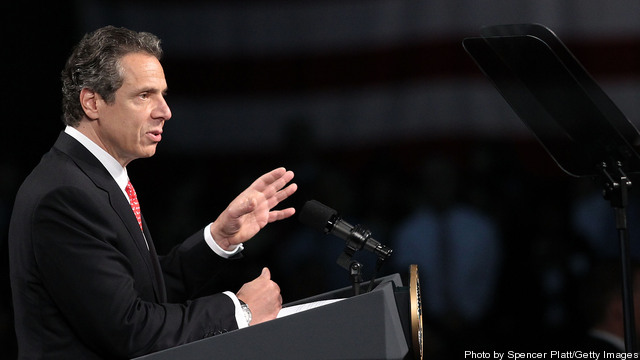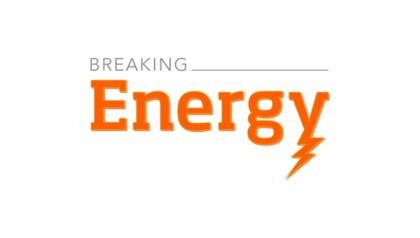
I work in the basement of my senior year dormitory. This is a lot cooler than it sounds, though – just a few months after graduating from Columbia last spring in Environmental Engineering, I found myself working for a small energy consulting firm that counts my Alma Mater as one of its clients. Before heading back to graduate school to study policy next fall, I am spending time working to better understand real world operational structures and logistical constraints of addressing energy challenges. My job with a small energy consulting firm allows me to see the impact of New York energy policies on our clients’ operations and decision-making processes.
One policy, or rather set of policies, stands out: Mayor Bloomberg’s PlaNYC, in particular the Greener, Greater Buildings Plan. In my experience dealing with the energy portfolios of Columbia and our other clients (mostly hospitals) I see it succeeding for a few reasons – 1) that its requirements are ambitious, yet both achievable and desirable 2) it spurs innovation and creates new opportunities for self-sustaining growth, and 3) it is part of a broader, long-term vision for sustainability in NYC. Emphasizing a strong impact on building energy use is essential given that buildings are responsible for 75% of energy use in the city. Keep reading →










